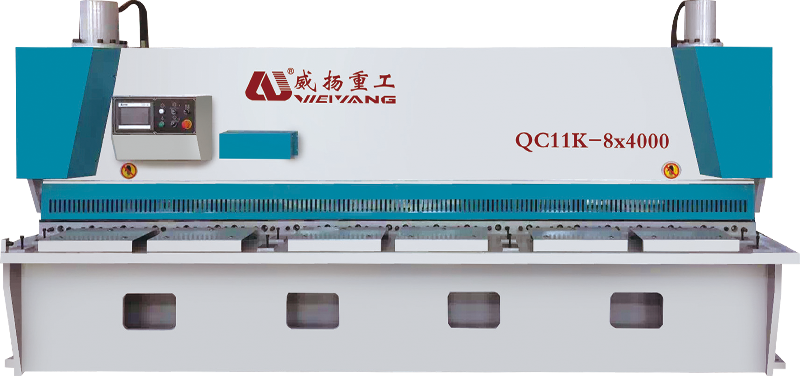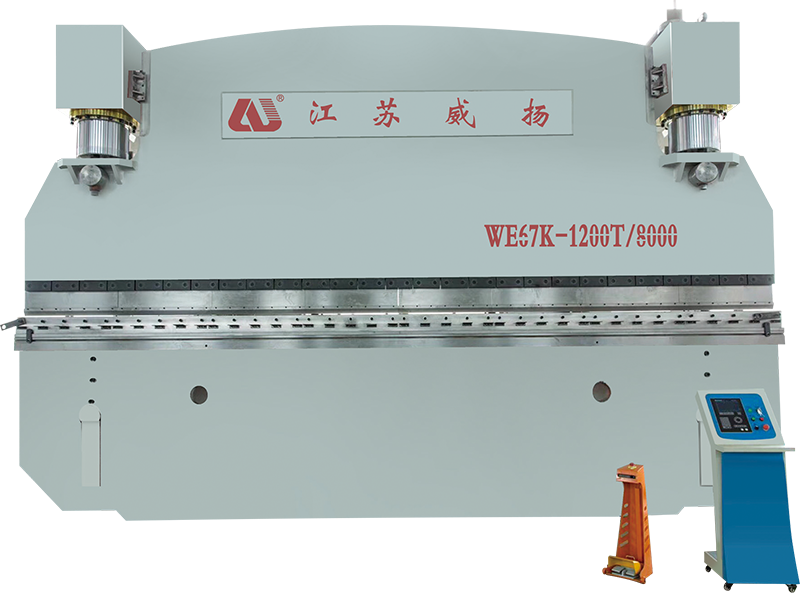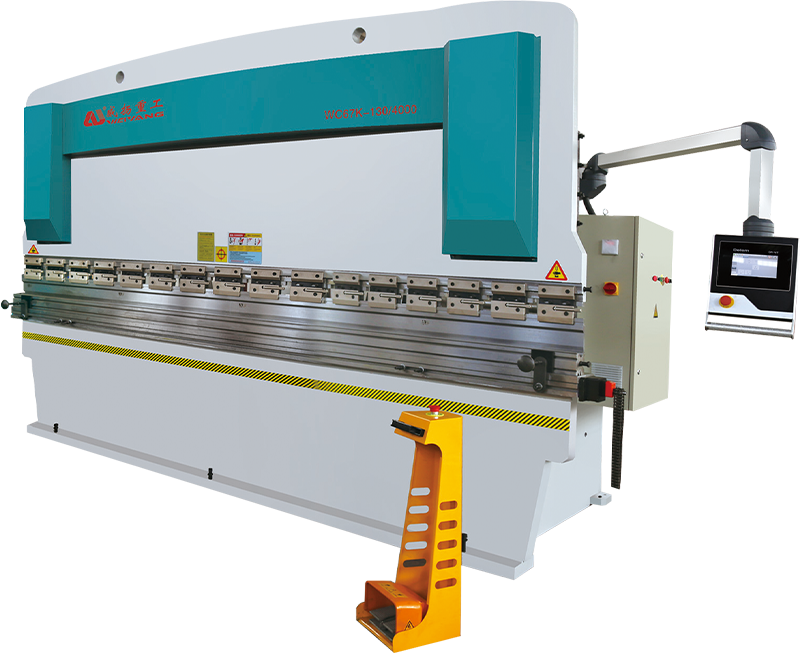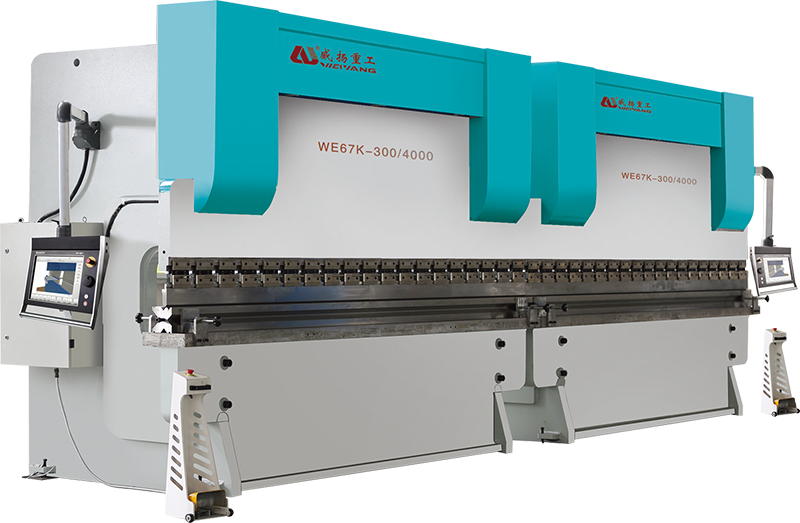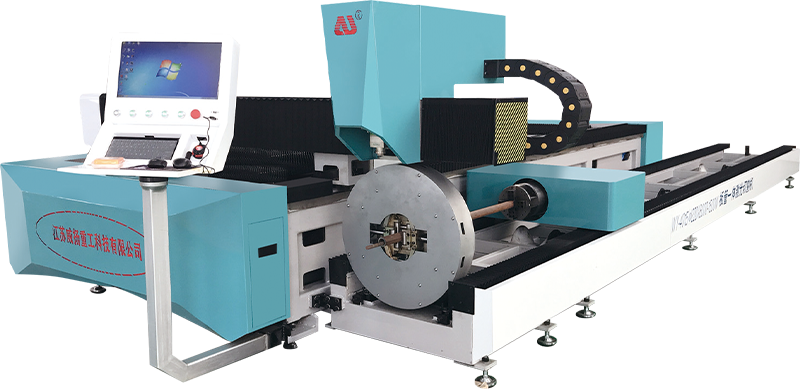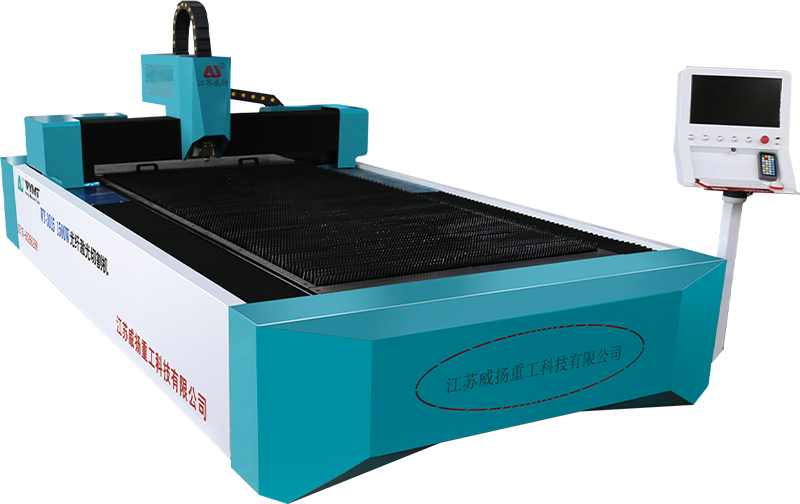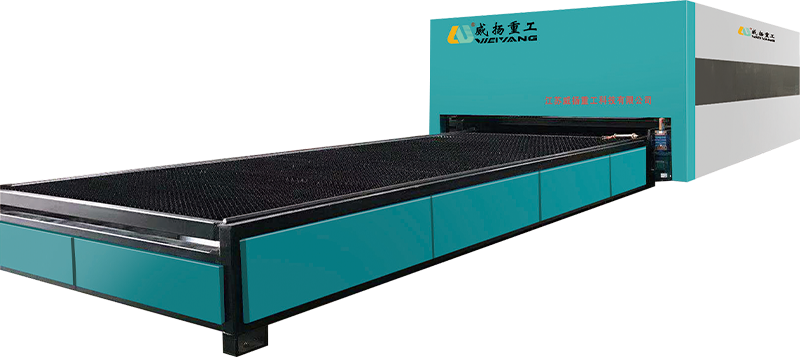How does the hydraulic system in the Swing Shearing Machine contribute to force distribution and cycle time efficiency during continuous shearing tasks?
The hydraulic system governs the force application of the swing beam, which is responsible for cutting through metal sheets. In a Swing Shearing Machine, uniform pressure distribution along the length of the blade is essential for clean cuts without warping or deformation of the material. This is accomplished through well-calibrated hydraulic cylinders connected to pressure control valves that manage the hydraulic oil flow with extreme precision. These cylinders receive pressurized fluid in a coordinated manner, supported by flow dividers and proportional valves, to maintain consistent force across the cutting stroke. The accuracy of this pressure regulation becomes especially critical when the machine is working on varying thicknesses or metals with differing tensile strengths. Inconsistent or asymmetric pressure would cause incomplete shearing, blade misalignment, or accelerated wear. The well-distributed force from the hydraulic system not only ensures superior cut quality but also protects the structural integrity of the machine and cutting tools during extended operations.
Unique aspect of Swing Shearing Machines, compared to guillotine-type machines, is the arcing motion of the upper blade. This arc swing provides a slicing effect rather than a direct vertical chop, which results in a smoother shearing action with less resistance and energy loss. However, executing this arc accurately depends on the synchronization of hydraulic cylinders driving the swing beam. These cylinders must extend and retract in a precisely timed sequence to ensure that the beam follows the optimal curved path. A delay or imbalance in either cylinder could cause angular deflection or incomplete cuts. Hydraulic synchronization is achieved using closed-loop feedback systems, where sensors monitor piston position and adjust fluid flow in real-time. This ensures blade positioning remains accurate throughout each cycle, regardless of speed or workload.
Another major contribution of the hydraulic system is in shortening the duration of each shearing cycle. Fast operation is critical in mass production environments, where any delay compounds into productivity losses. Swing Shearing Machines are often equipped with high-flow, variable-displacement hydraulic pumps that deliver the required pressure almost instantaneously. The system is designed to differentiate between the cutting and return phases. During the cutting stroke, full hydraulic power is delivered to the cylinders to apply maximum force, whereas during the return stroke, the flow is reversed or reduced to allow faster retraction. This speed optimization is further enhanced through the use of hydraulic accumulators, which store pressurized fluid and discharge it instantly when required. In combination, these features minimize idle time between cuts, allowing operators to maintain continuous throughput without risking overheating or overload. Many advanced models now also use servo-hydraulic or electrohydraulic actuation for programmable stroke speeds, enabling fine-tuned acceleration and deceleration curves that match the exact material handling requirements.
Hydraulic systems in modern Swing Shearing Machines often include load-sensing technology that adjusts pressure and flow based on real-time feedback from the machine’s workload. This means that the system delivers only the necessary force required for a particular material thickness or hardness, reducing unnecessary energy consumption. Load-sensing pumps alter their displacement in response to pressure signals, effectively optimizing power use and preventing overheating of the hydraulic fluid. This is crucial in continuous operation, where sustained energy efficiency impacts the total cost of ownership. Reducing excess heat generation extends the service life of the oil, minimizes component fatigue, and helps maintain the performance characteristics of the entire machine. Thermal overloads are prevented by incorporating heat exchangers or cooling circuits, which stabilize the operating temperature of the hydraulic system and ensure consistent viscosity and pressure behavior even during prolonged use.






